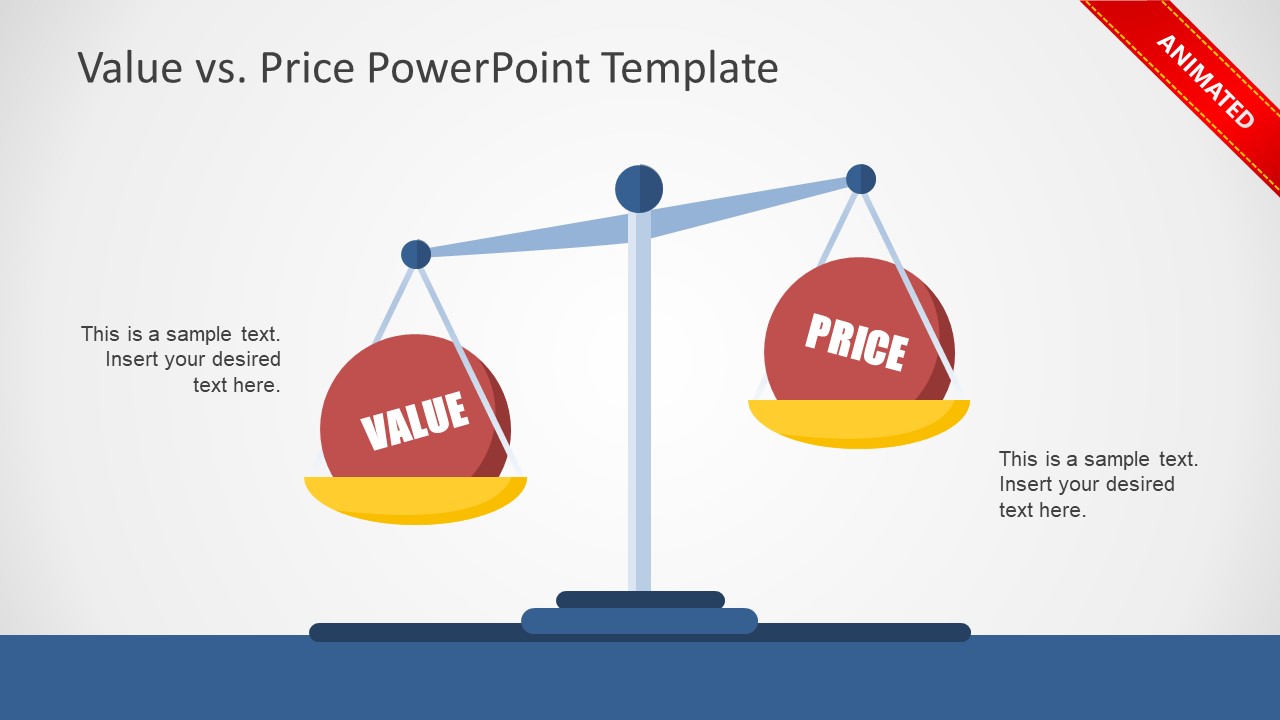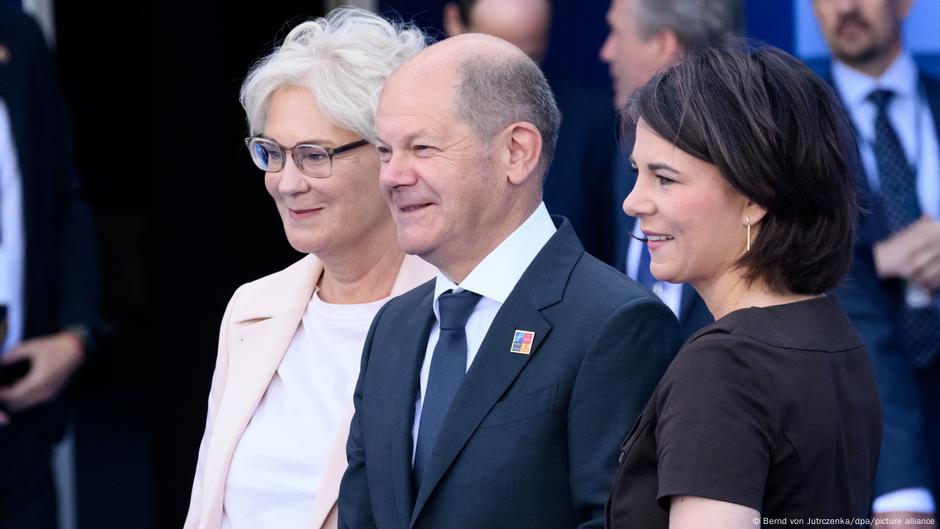Watch Spending: Value Vs. Cost

Table of Contents
Defining Value in Watch Spending
What truly constitutes "value" when it comes to watch spending? The answer goes far beyond the initial purchase price. True value encompasses several key factors:
-
Brand Reputation and Heritage: Established brands like Rolex, Omega, and Patek Philippe often command higher prices due to their storied history, craftsmanship, and consistent quality. This brand equity contributes significantly to long-term value.
-
Movement Quality and Craftsmanship: The intricate mechanism within a watch, the movement, is a crucial aspect of its value. Hand-assembled movements, using high-quality components, often indicate superior accuracy, durability, and craftsmanship, justifying a higher price tag.
-
Materials Used: The materials used in construction significantly impact a watch's value and durability. Precious metals like gold and platinum, along with gemstones, increase both cost and perceived value. The type of crystal (sapphire crystal is more durable than mineral crystal) also factors into this equation.
-
Durability and Longevity: A well-made watch, regardless of price, should be built to last. Consider the materials, construction, and the brand's reputation for reliability when assessing long-term value.
-
Resale Value and Potential Appreciation: Certain watches, particularly those from prestigious brands or limited editions, can appreciate in value over time, making them potentially sound investments. However, this isn't always guaranteed.
-
Emotional Value and Personal Significance: The sentimental value a watch holds – perhaps a gift from a loved one or a commemoration of a significant life event – transcends monetary worth. This personal significance is a critical factor in determining its true value to you.
Examples of high-value watches that often justify higher watch spending include vintage Rolexes, limited-edition Patek Philippes, and complicated timepieces from independent watchmakers. These often appreciate in value over time.
Understanding the Cost of Watch Spending
While the allure of a prestigious timepiece is undeniable, it's crucial to understand the complete cost picture before making a purchase.
-
Initial Purchase Price: The initial investment can range dramatically, from a few hundred dollars to tens or even hundreds of thousands. Setting a realistic budget is paramount.
-
Maintenance and Repairs: Owning a watch involves ongoing expenses:
- Regular Servicing: Mechanical watches require periodic servicing to ensure accuracy and longevity. This can range from $100 to several thousand dollars, depending on the watch's complexity.
- Part Replacements: Over time, parts may wear out or require replacement, adding to the overall cost.
- Potential Repairs Due to Damage: Accidents happen. Repairs for damage can be expensive, especially for complicated watches.
-
Hidden Costs: Consider additional expenses like insurance to protect against loss or theft.
-
Opportunity Cost: Don't forget the opportunity cost – the potential returns you could have earned by investing the money elsewhere.
Balancing Value and Cost in Your Watch Spending Decisions
Making smart watch spending decisions requires a balanced approach.
-
Setting a Realistic Budget: Define a comfortable spending limit before you start browsing.
-
Prioritizing Features: Determine which features are most important to you – accuracy, durability, specific complications, or aesthetic appeal.
-
Researching Different Brands and Models: Thoroughly research different brands and models within your budget. Compare specifications, reviews, and resale values.
-
Considering Pre-owned Watches: Buying pre-owned watches can offer significant cost savings while still providing excellent value. However, always ensure the watch's authenticity and condition.
-
Investing Wisely: Choose a watch that aligns with your personal style, needs, and long-term value goals.
Watch Spending: Specific Examples and Case Studies
Comparing a mid-range automatic watch from a reputable brand like Seiko to a similarly priced fashion watch highlights the difference in value. The Seiko will likely offer superior movement, materials, and longer-term durability, representing better value despite a similar initial cost. Conversely, some watches, while initially expensive, may depreciate significantly, while others, like certain vintage Rolexes, appreciate substantially. Thorough research of specific models and their historical performance is crucial.
Conclusion: Making Informed Decisions on Your Watch Spending
Ultimately, informed watch spending necessitates a careful consideration of both perceived value and long-term cost. By factoring in brand reputation, movement quality, material, durability, resale potential, and personal significance, you can make a purchasing decision that aligns with your financial goals and personal aspirations. Remember to set a realistic budget, prioritize features, research thoroughly, and consider pre-owned options. Make smart watch spending decisions by carefully considering the value proposition and long-term cost implications. The perfect watch is a reflection of your personal style and a testament to a well-informed decision. The enduring appeal of watch ownership lies in the perfect blend of functional utility, lasting aesthetic appeal, and personal significance.

Featured Posts
-
 Ukrayina V Nato Nimechchina Garantuye Pidtrimku
May 27, 2025
Ukrayina V Nato Nimechchina Garantuye Pidtrimku
May 27, 2025 -
 The One Legacy Character Deserving A Return In The Next Alien Movie After Romulus
May 27, 2025
The One Legacy Character Deserving A Return In The Next Alien Movie After Romulus
May 27, 2025 -
 Earths Hidden Alien Life Predicting The Characteristics Of Non Xenomorph Species
May 27, 2025
Earths Hidden Alien Life Predicting The Characteristics Of Non Xenomorph Species
May 27, 2025 -
 Alien Xenomorph Earth Invasion Teased At Sxsw
May 27, 2025
Alien Xenomorph Earth Invasion Teased At Sxsw
May 27, 2025 -
 The Max Payne Film Adaptation Successes And Failures
May 27, 2025
The Max Payne Film Adaptation Successes And Failures
May 27, 2025
